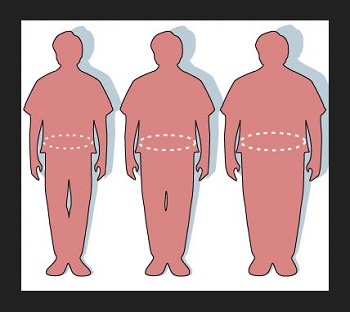Anthropomorphic Measures
All 5 cold studies collected anthropomorphic data. In BCS, PCS1, PCS2, and PMBC, anthropometrics were assessed during the screening physical exam. In PCS3, height, weight, waist, and hip measurements were taken prior to each of the two stress reactivity sessions. The Common Cold Project data set includes measurements from both sessions as well as average measurement values across sessions. Inter-session correlations were all 0.95 or higher.
Height and Weight (BCS, PCS1, PCS2, PMBC, PCS3)
Height and weight measurements were taken without shoes and heavy overgarments (weight) using a standard balance scale. Participant heights were recorded to the nearest half-inch or half-centimeter; weights were recorded to the nearest half-pound or half-kilogram. Measurements recorded in English units were later converted to metric. Using these data, participant body mass index (BMI) was calculated using the following formula:
weight (kg) / height (m)2
Waist (PCS1, PMBC, PCS3) and Hip (PCS1, PCS3) Circumferences
Waist and hip circumference measurements were taken over light clothing and using a cloth measuring tape. Waist measurements were taken at the level of the umbilicus (or approximately half the distance between the bottom of the rib cage and the top of the iliac crest), and hip measurements at the level of the largest projection of the buttocks. Measurements were recorded to the nearest half-inch or half-centimeter, with measurements recorded in inches later being converted to metric. Using these data, participant waist/hip ratio (PCS1 and PCS3) was calculated using the following formula:
waist circumference (cm) / hip circumference (cm)
